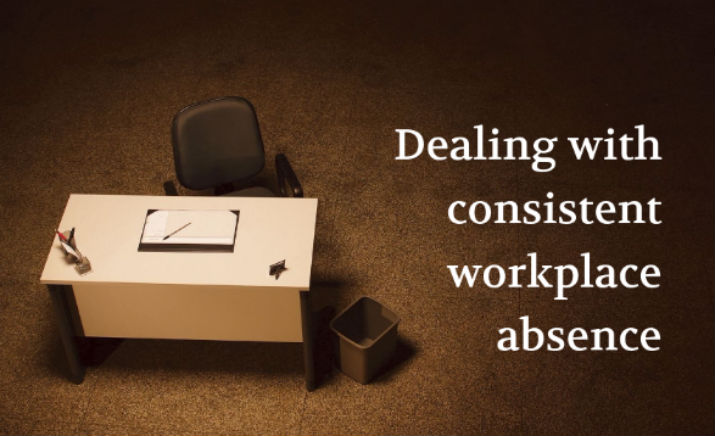According to the most recent Office for National Statistics report, 131 million days were lost due to sickness absences throughout the UK in 2013. There has been a slight rise in the last year according to the CIPD, therefore HR professionals have a duty from employers to address and attempt to bring down the level of absences.
How they do this is key to the standing of the employer. They must tread very carefully and understand the range of reasons that may alter an employee’s work pattern. What is the protocol for managing work absence?
In its managing absence page, ACAS believe three reasons above all others make up the majority of work absences: sickness, an inability to work because of family or caring, or authorised leave.
If the levels of absence, authorised or unauthorised, are seen as excessive by other members of staff, it can be detrimental to the company as a whole, reducing the productivity and morale of the workforce.
But HR have to strike the right balance. On one hand, they cannot be seen to be pressuring staff to return to work because it could exacerbate the problem. Similarly, scepticism for the absence can have a negative effect on the employee’s motivation to return to work when it is not possible and could not only put the company in a precarious position, but completely obliterate the relationship between employee and employer. So, what are the key steps to take?
Consistent approach
The absolute priority for HR professionals is to be fair and consistent in approach. No two employees are the same, in persona or their circumstance; some may react better to personal adversity than others. Regardless of this, everybody should be treated the same. The company protocols have to be adhered to and executed uniformly.
Establishing and referring to the company’s sickness absence policy should be the first port of call. Through this, HR can find out from employees when they are off work and reasons can be given. This could be done either by a phone call from the employee or family member, or via text message. The frequency of these updates should be agreed by all parties.
Maintain regular contact
This cannot be emphasised enough. Not only as a mechanism to ensure the employer is doing all they can, but also to guarantee that the employee knows they are still a valued member of the team. Absence can be down to a variety of reasons: a physical ailment, exhaustion, mental ill health or a family bereavement. It is imperative you keep yourself in the loop with what is going on.
Company support
For somebody who is consistently absent with good reason, can you find alternative ways to reintegrate the employee back into work? A phased return to work is useful because it can ease a member of staff back into the routine at an acceptable rate without the burden they may have been used to. Does an employee need to have workplace conditions changed to accommodate them back into the workplace? If so, make provisions for this.
Where possible, HR professionals could amend or change a position to one that is part time. That way, the employee still feels like a valued member of the team but can cope with the level of responsibility and workload. With all of this, it is important to maintain clear and open lines of communications. Offer regular meetings; this will give the employer a clear picture of how the employee is coping and will identify any problems at an early stage.
Disciplinary procedures
Of course, there may be instances when you have employees who are absent but cannot provide legitimate reasons for this. It is of vital importance that as a HR practitioner, you have thoroughly investigated employee absence and are certain that the person in question has no reason to be off work.
For occurrences like this, HR staff should always refer to the company’s disciplinary guide, going through each step, including meetings, before any verbal or written warnings are issued.
If all of these steps are followed, an employer can feel safe in the knowledge that its HR department has acted in the correct manner to give any employee the best work environment to return to.



